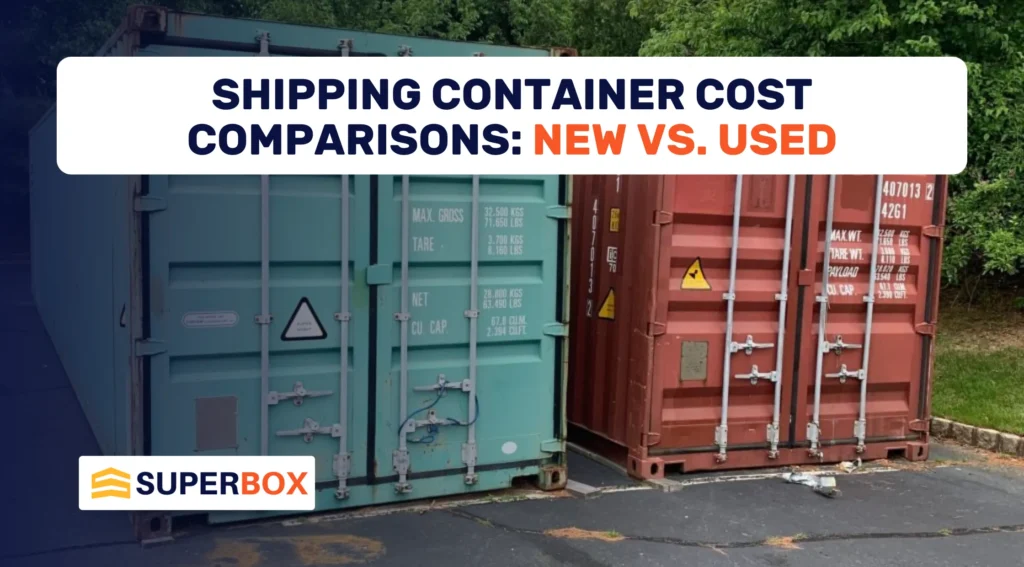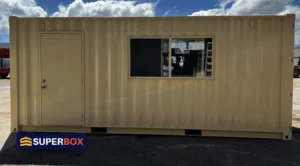When choosing a shipping container, it’s important to understand how the costs of new and used options compare. In this blog, we’ll discuss the pros and cons of buying new versus used containers. We’ll also look at the costs of different types of containers and compare them with other storage options. Whether you’re planning to move internationally or just need a budget-friendly way to store your things, this guide will help you understand all the factors involved and make the best decision for your needs.
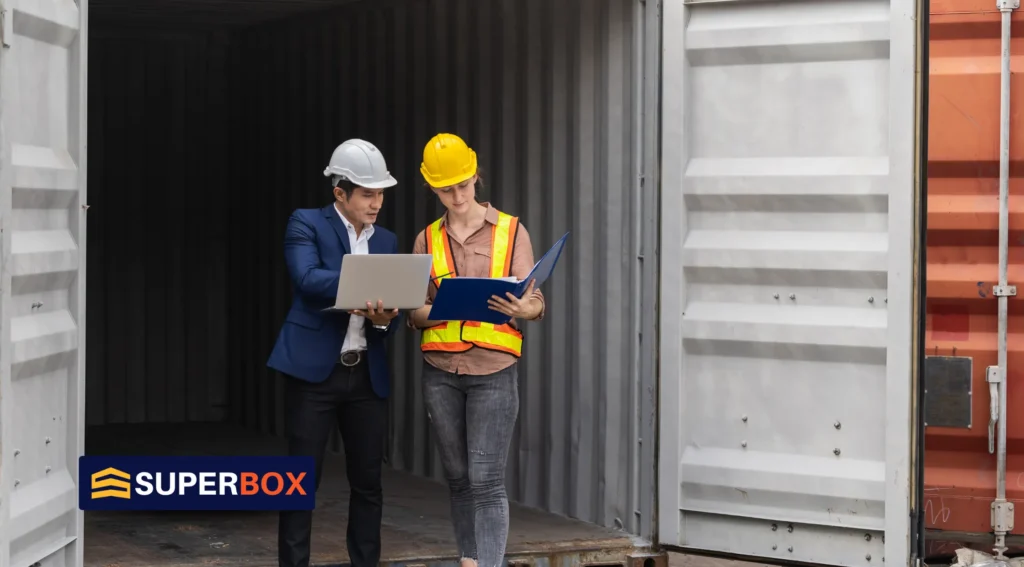
New vs. Used Containers: A Cost-Benefit Analysis
Deciding between new and used shipping containers involves weighing various factors. This brief analysis highlights the key cost and benefit differences to help you choose the most suitable option.
Initial Purchase Costs
When you look at shipping container prices, you’ll find that new containers are generally more expensive than used ones. This higher price for new containers is often worth it because they are in perfect condition and will last longer. On the other hand, used containers are more affordable upfront but might come with hidden costs for repairs and refurbishments. The price of both new and used containers can vary depending on their condition, size (like 20-foot or 40-foot containers), and any modifications they’ve had.
Durability and Longevity
New shipping containers are usually in excellent shape and can be used for many years without problems. They’re less likely to have issues like rust or leaks, and they are generally considered more reliable for long-term use. Used containers, however, might show signs of wear and tear, which could impact their durability and require extra maintenance to keep them cargo-worthy.
Maintenance and Repair Costs
Used containers often need ongoing maintenance and repairs, which can add up over time. Common issues include dealing with rust and fixing structural problems. While new containers come with a higher price tag initially, they usually require less maintenance, offering a more hassle-free experience in the long run.
Resale Value
New containers usually have a higher resale value because they are in better condition and have a longer lifespan left. Used containers, although cheaper to buy initially, tend to lose their value faster as they age and show more wear and tear. If you plan to sell the container in the future, the resale value is an important factor to keep in mind.
Environmental Impact
Choosing a used container can be a more eco-friendly option because it helps extend the life of an existing product. This reduces the need for new manufacturing and helps cut down on waste. For those interested in reducing their environmental impact, opting for a used container might be a good choice.
Comparing Different Container Types
Lorem ipsum dolor sit amet, consectetur adipiscing elit. Ut elit tellus, luctus nec ullamcorper mattis, pulvinar dapibus leo.
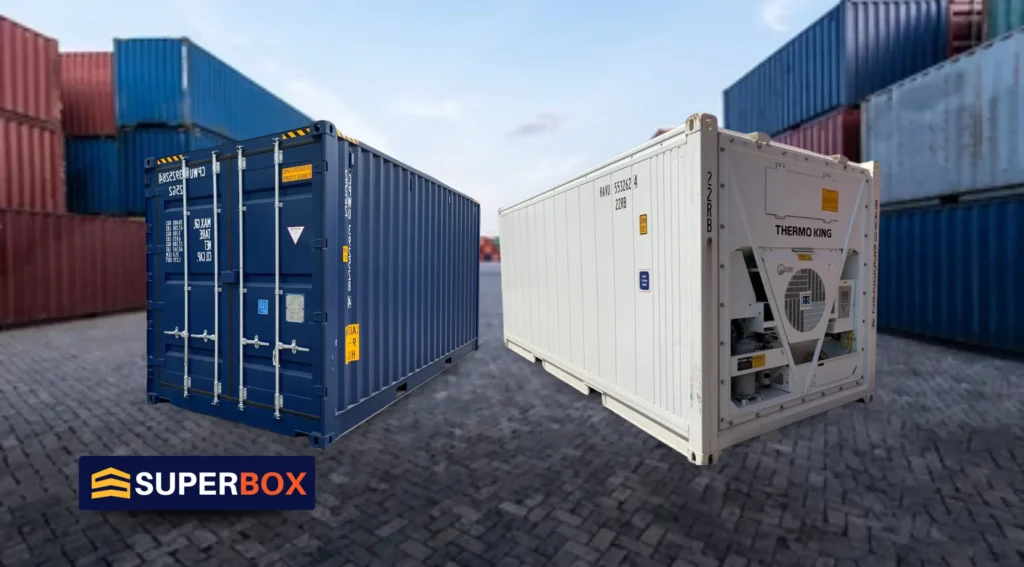
Standard Shipping Containers vs. Refrigerated Containers
Standard shipping containers are the most common type and are used for a wide range of cargo. They are versatile and can handle general shipping needs. On the other hand, refrigerated containers, often called reefers, are designed specifically for goods that need to be kept at a certain temperature. These containers are more expensive because they come with special equipment to control the temperature. The cost of refrigerated containers can greatly affect your overall shipping container costs, depending on what you need to transport.
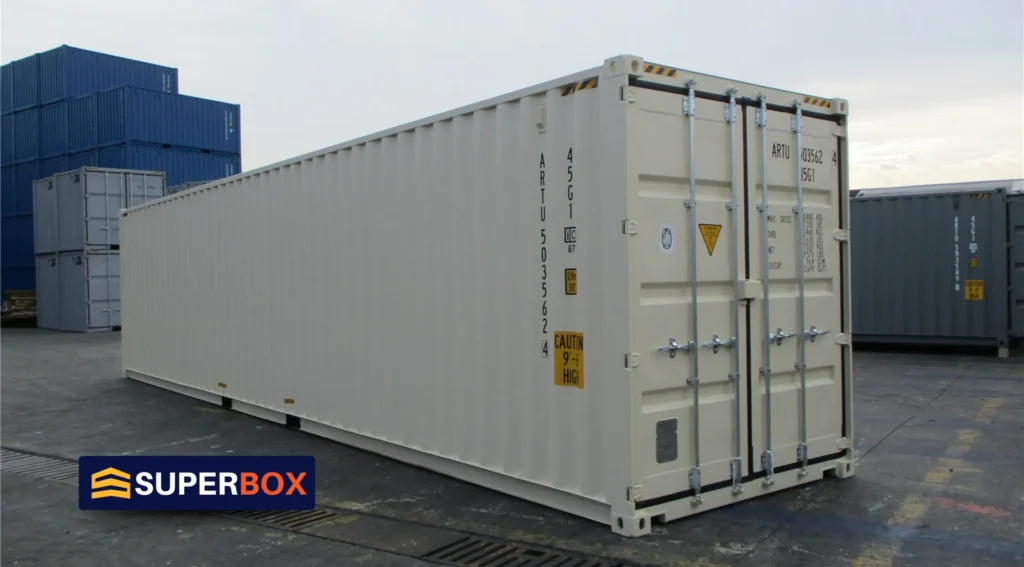
High Cube Containers
High cube containers are similar to standard shipping containers but with extra height. This makes them great for shipping larger items or maximizing storage space. However, this extra height means they cost more. When deciding whether to use a high cube container, think about whether the added space is worth the extra expense. The extra height can be useful, but it also impacts the shipping container price.
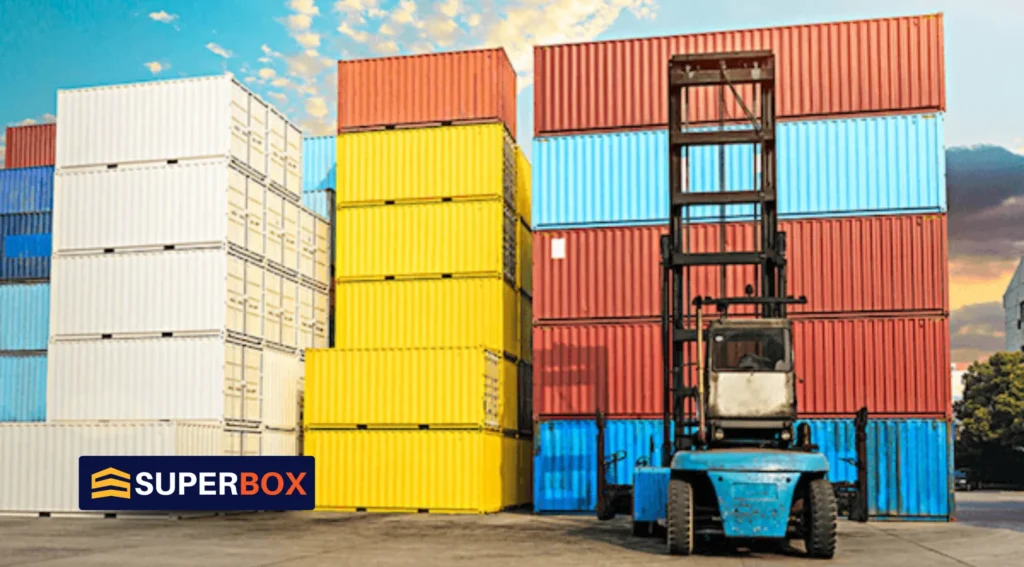
20-Foot vs. 40-Foot Containers
The size of the container is a key factor in its cost. A 20-foot container (20 ft) is usually cheaper than a 40-foot container (40 ft). However, a 40-foot container offers more storage space, which might be more cost-effective for larger shipments or if you need extra room. The choice between different shipping container sizes, like the common 20 ft and 40 ft options, can significantly affect your costs and should be based on your specific shipping needs. Shipping companies often offer various sizes to meet different requirements, so choosing the right size can help you get the best value.
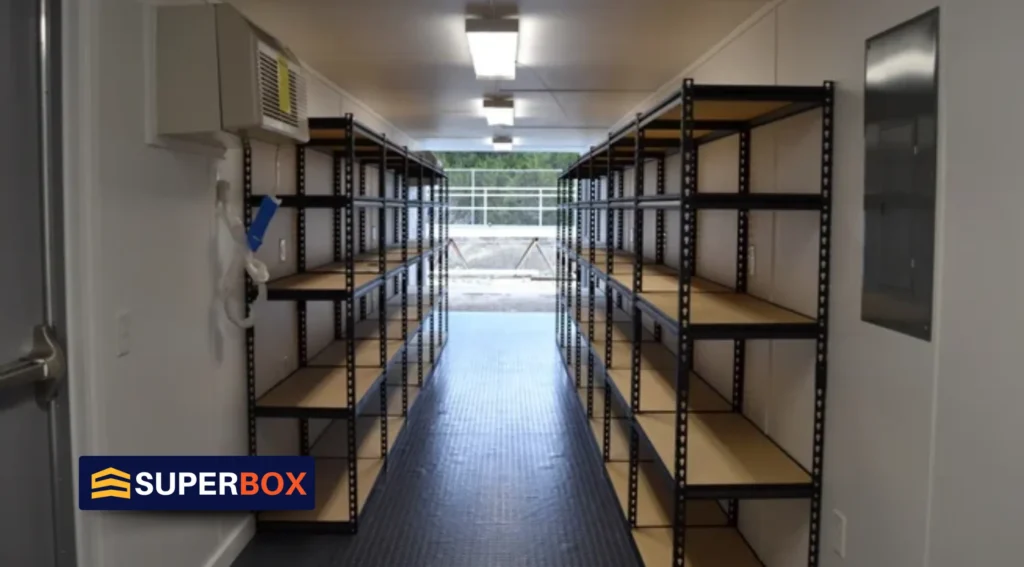
Cost Comparisons with Other Storage Solutions
When comparing storage options, it’s essential to evaluate how shipping containers stack up against alternatives like warehouses and self-storage units. Understanding these cost differences can help you choose the most economical and practical solution for your needs.
Shipping Containers vs. Warehouses
Shipping containers can be a more affordable choice compared to warehouse storage, especially if you only need storage for a short period or have a smaller amount of goods. Warehouses often come with higher ongoing costs, like rent and utilities, which can add up quickly. Shipping containers are usually cheaper and offer the advantage of being more flexible since you can place them almost anywhere you need.
Shipping Containers vs. Self-Storage Units
Self-storage units provide extra features like climate control and better security, but they can also be more expensive than shipping containers. Shipping containers are a cost-effective option if you need to store items on-site or want to avoid committing to a long-term rental. When deciding between self-storage and shipping containers, consider your needs and budget to find the best solution.
International Moves and Customs Duty
When moving a shipping container internationally, the cost of moving it can be affected by customs duties, import taxes, and other fees related to crossing borders. These extra expenses can significantly increase the overall cost of shipping a container. It’s important to consider these factors when planning your international shipping, as they can greatly affect shipping container costs and impact your final destination. Make sure to include these potential costs in your budget to avoid surprises.
Conclusion
Understanding how the costs of new and used shipping containers differ, along with the costs of various container types and other storage options, is key to making a smart choice. By looking at factors like the initial price, durability, maintenance needs, and resale value, you can find the most cost-effective and suitable option for your needs. Whether you’re considering buying a new container, investing in a used one, or exploring other storage solutions, this guide will help you compare the costs and make the best decision. Don’t forget to consider the common sizes of containers as well, as they can impact your overall costs.
Discover the Best Value with SuperBox: Your Guide to New vs. Used Shipping Containers
At SuperBox, we simplify the decision between new and used shipping containers, ensuring you get the best value for your investment. Our top-quality containers come in a range of sizes to fit every need, whether you’re interested in a brand-new model or a cost-effective used option. With customer satisfaction as our top priority, our dedicated team is here to help you find the perfect container tailored to your needs. Don’t miss out on the ideal solution for your storage requirements—call us today at 1-866-696-9269 for personalized information and quotes. Explore our extensive selection and make the smartest choice with SuperBox!


